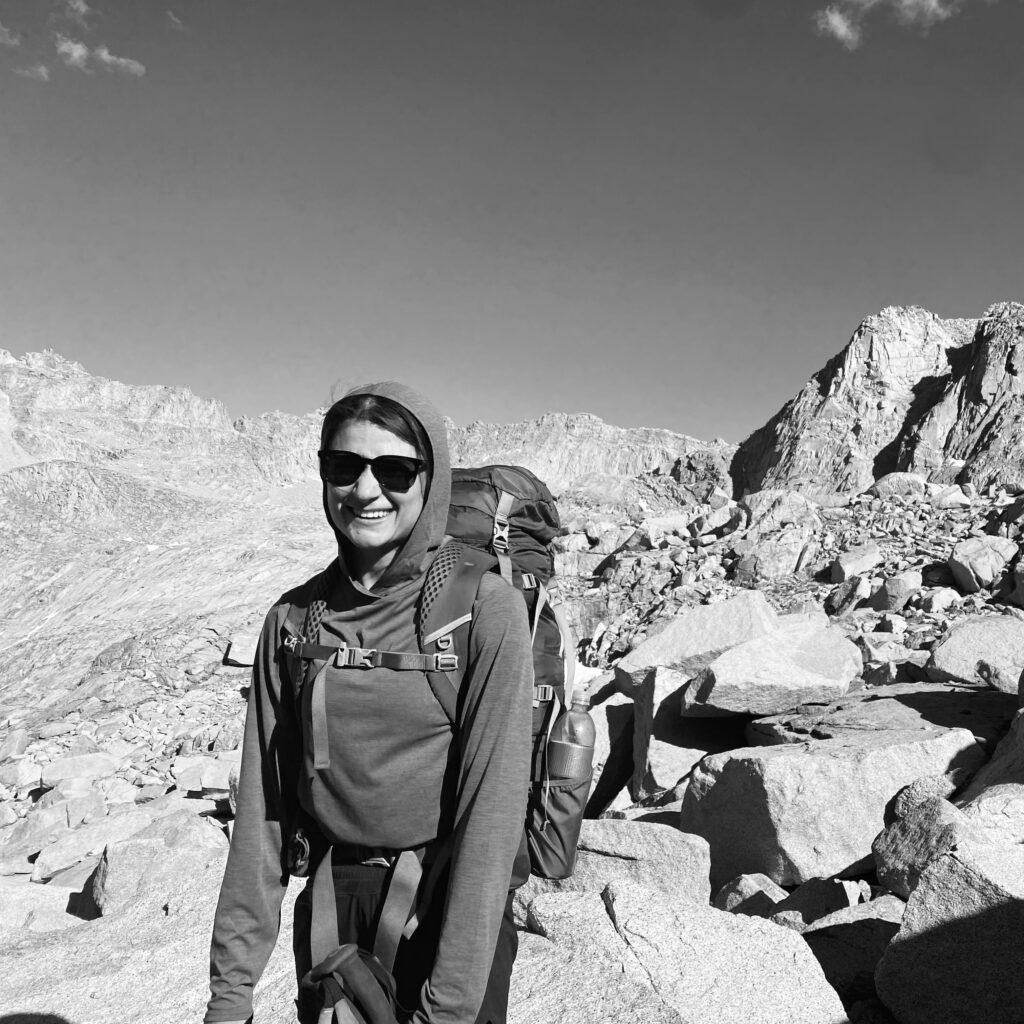Working lands — the farms, ranchlands, and working forests that support livelihoods — are a vital component of the western landscape, and their ecological, economic, and social importance is difficult to overstate. In addition to supplying much of the food we eat, they hold critical wildlife habitat, provide vital ecosystem services, and represent a way of life for the ranchers and farmers who tend them. These lands have and will continue to play a critical role in western land conservation, where they not only provide necessary ecological benefits and habitat conservation among increased human development, but also provide an exemplar for the working relationship between humans and nature.
This semester, two other YSE graduate students and I have been working in partnership with the Colorado Cattlemen’s Agricultural Land Trust (CCALT) to explore how working lands can further support conservation efforts in Colorado. CCALT is a uniquely positioned organization working at the intersection of land conservation and agriculture, partnering with landowners to conserve over 685,000 acres of working lands across the state. This work seeks to protect working lands, conserving valuable habitat from growing economic pressure for development.
During 2001-2016, nearly 235,000 acres of Colorado agricultural land was lost to developmental uses. This coincides with increasing exurban development in the state, driven largely by large-lot residential developments or vacation homes. This trend is expected to continue with one estimate predicting nearly 3 million acres of rural land lost to development by 2030. Compounded with climate change-induced drought, impending land transfers, and weakening agricultural viability, Colorado working lands face a challenging future.
Organizations like CCALT play a critical role in ameliorating some of these challenges, working with ranchers and farmers to conserve their land and work through conservation easements in perpetuity. However, land “conserved” is not necessarily land at its healthiest. Once placed under easement, land managers need the correct funding, tools, and resources to appropriately manage land for both agricultural and conservation outcomes. Through our work with Ucross High Plains Stewardship Initiative at YSE and CCALT, we are researching feasible conservation finance and funding structures to develop an “agricultural resiliency fund” which aims to create easily accessed and effectively directed funding for landowners to implement restoration work on their properties.
The overarching goal of this project is to make conservation accesible and attractive for landowners, demonstrating that conservation properties can increase the value of their land, a necessity in the face of economic hardship in the Colorado agricultural industry.
Literature Cited
Southern Rockies Tour. “Urbanization and Development.” http://previous.cmc. org/tour/featured_issues/urbanization.html
David Theobald. “A summary of patterns and trends of land use change in Colorado.” Natural Resource Ecology Lab. CSU. May 24, 2005.

Annie Miller, Research Assistant | Annie Miller is a Masters of Environmental Management candidate at Yale School of the Environment. She focuses on biodiversity and land conservation in the West with a particular lens toward community-based conservation as a means to sustainably and justly address climate change. Prior to Yale, Annie worked in the citizen/community science field where she researched learning outcomes of youth and built partnerships with community-based organizations in the Bay Area. She received her B.S. in Biology and Environmental Science from Tufts University. See what Annie has been up to. | Blog
